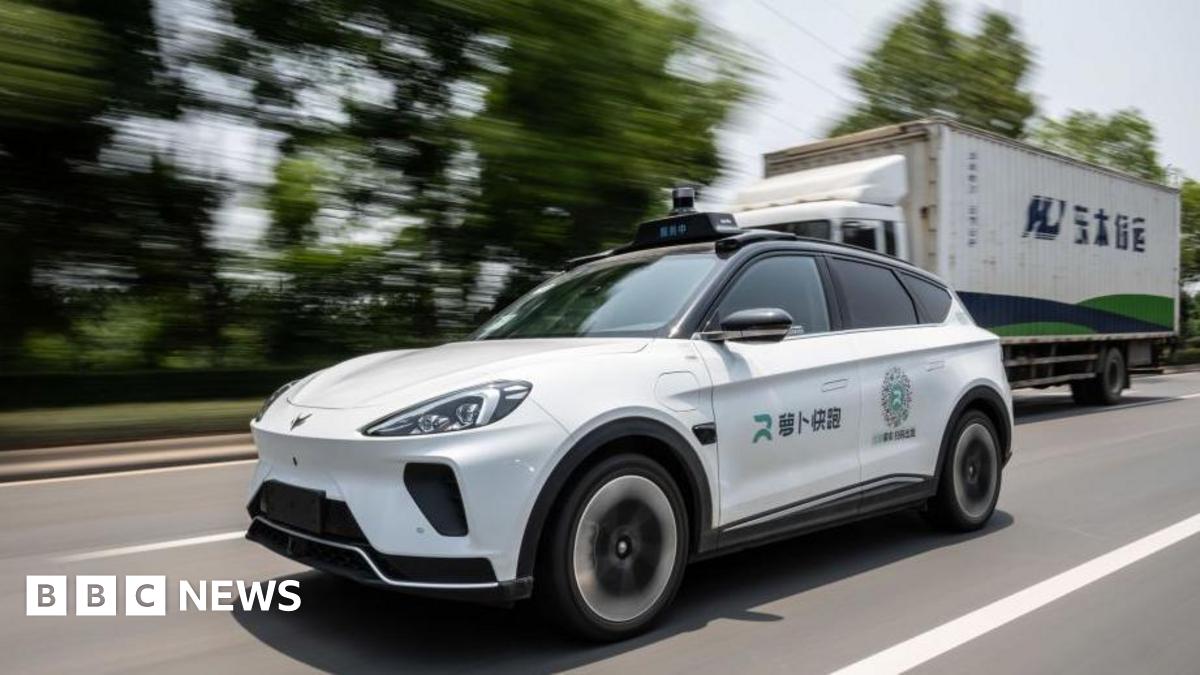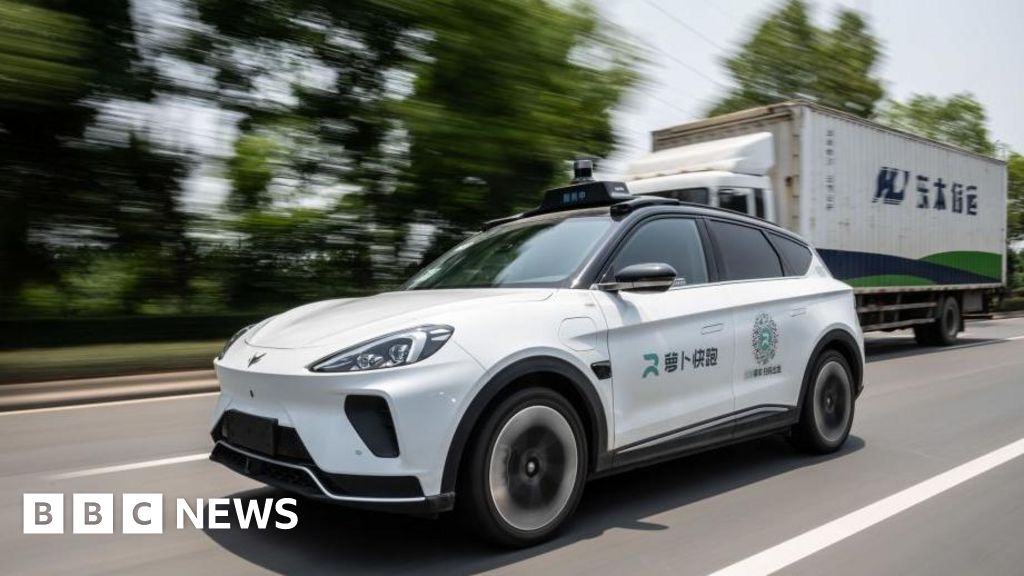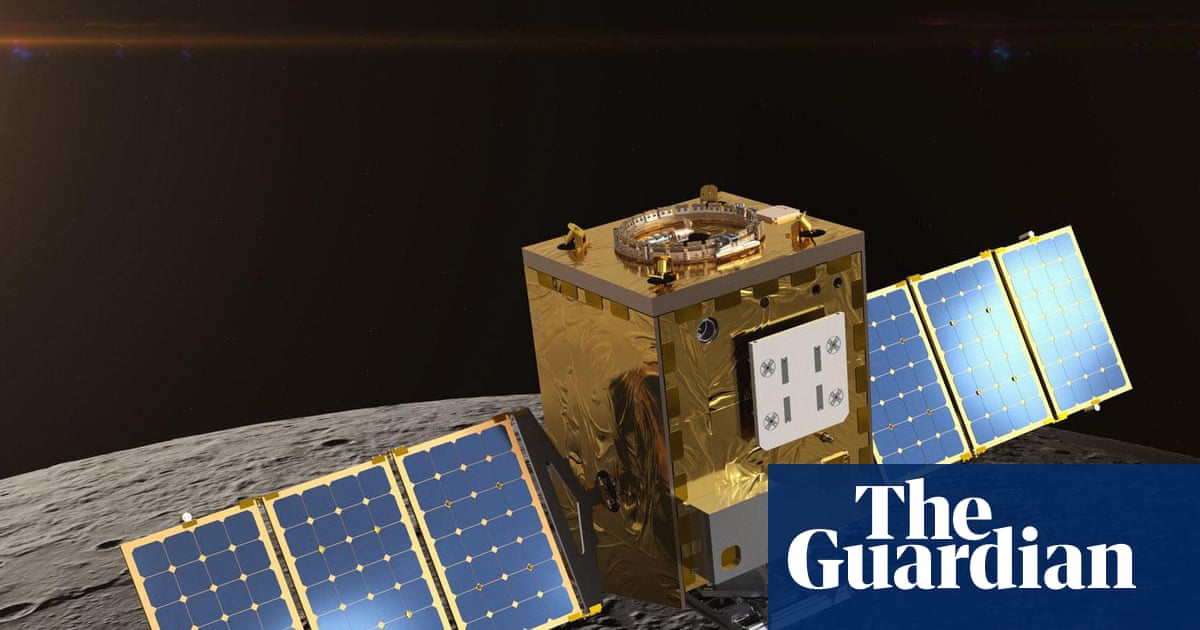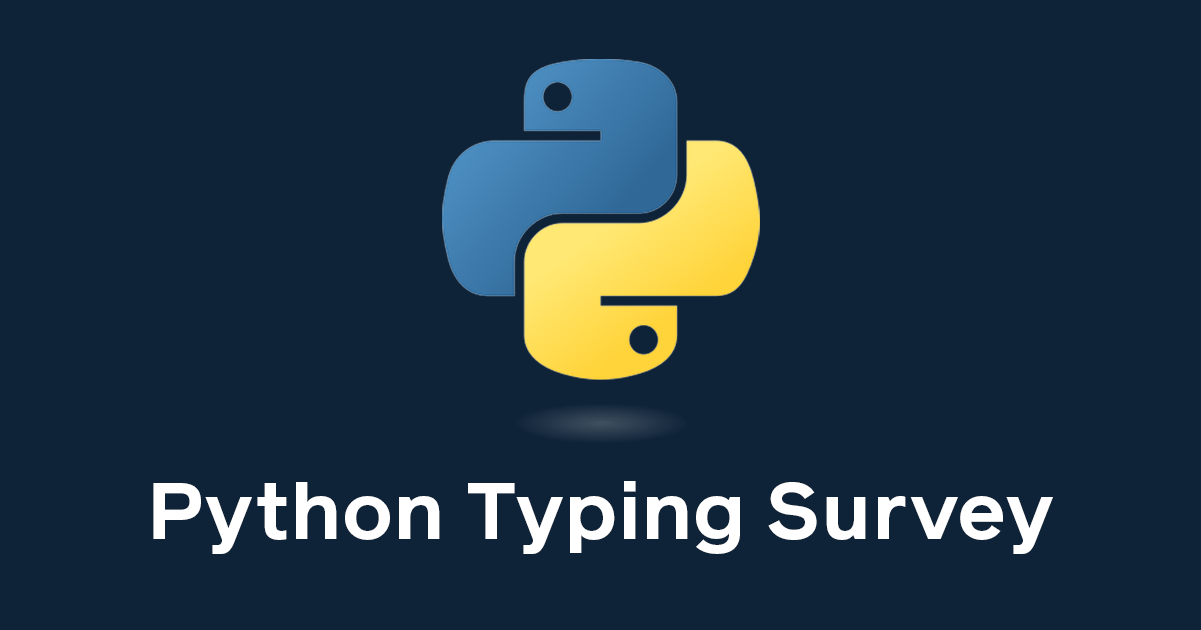Chinese robotaxis could be set to hit UK roads in 2026 as ride-sharing apps Uber and Lyft announce partnerships with Baidu to trial the tech.
The two companies are hoping to obtain approval from regulators to test the autonomous vehicles in London.
Baidu’s Apollo Go driverless taxi service already operates in dozens of cities, mostly in China, and has accrued millions of rides without a human behind the wheel.
Transport secretary Heidi Alexander said the news was “another vote of confidence in our plans for self-driving vehicles” – but many remain sceptical about their safety.
“We’re planning for self-driving cars to carry passengers for the first time from spring, under our pilot scheme – harnessing this technology safely and responsibly to transform travel,” Ms Alexander said in a post on X.
Uber said in June it would bring its plans to trial UK driverless cars forward as the government sought to accelerate framework to allow pilots of small autonomous “bus and taxi like” commercial services in 2026.
“We’re excited to accelerate Britain’s leadership in the future of mobility, bringing another safe and reliable travel option to Londoners next year,” it said of its Baidu partnership on Monday.
Lyft said in August it would look to deploy driverless taxis in the UK and Germany as part of a European agreement with Baidu.
It already operates “autonomous rides” in Atlanta, US – where Uber also operates a robotaxi service through its partnership with Waymo.
Lyft chief executive David Risher said in a post on X on Monday London passengers would be “the first in the region to experience Baidu’s Apollo Go vehicles”.
But both firms still need to convince regulators.
Mr Risher said if green lit, Lyft’s initial fleet of dozens of Baidu Apollo Go cars would begin testing next year “with plans to scale to hundreds from there”.
But Jack Stilgoe, professor of science and technology policy at University College London, said driverless cars “can’t just scale up like other digital technologies”.
“There’s a big difference between having a few test vehicles using public streets as their laboratory and a fully-developed, scaled-up system that becomes a real transport option for people,” he told the BBC.
Self-driving vehicles have often been lauded as the future of transport, with some claiming they make fewer errors than human drivers.
But many people remain uneasy about the safety of taxis without a human operator.
Almost 60% of UK respondents to a YouGov poll in October said they would not feel comfortable riding in a driverless taxi under any circumstances.
Many also expressed a lack of trust in the tech, with 85% saying they would opt for a cab with a human driver if given the same price and convenience.
Instances of autonomous vehicles making mistakes, trapping passengers in cars and causing traffic jams or accidents also continue to make headlines.
Self-driving taxi operator Waymo reportedly suspended its service in San Francisco on Saturday after some of its vehicles stopped working during a power cut.
Prof Stilgoe said amid concerns about their safety, as well as privacy and the potential to add to congestion, the UK should lead in “setting standards for the technology”.
“London has been really successful at getting cars out of its city centre,” he said.
“When it comes to traffic, the only thing worse than a single-occupancy car is a zero-occupancy one.”








